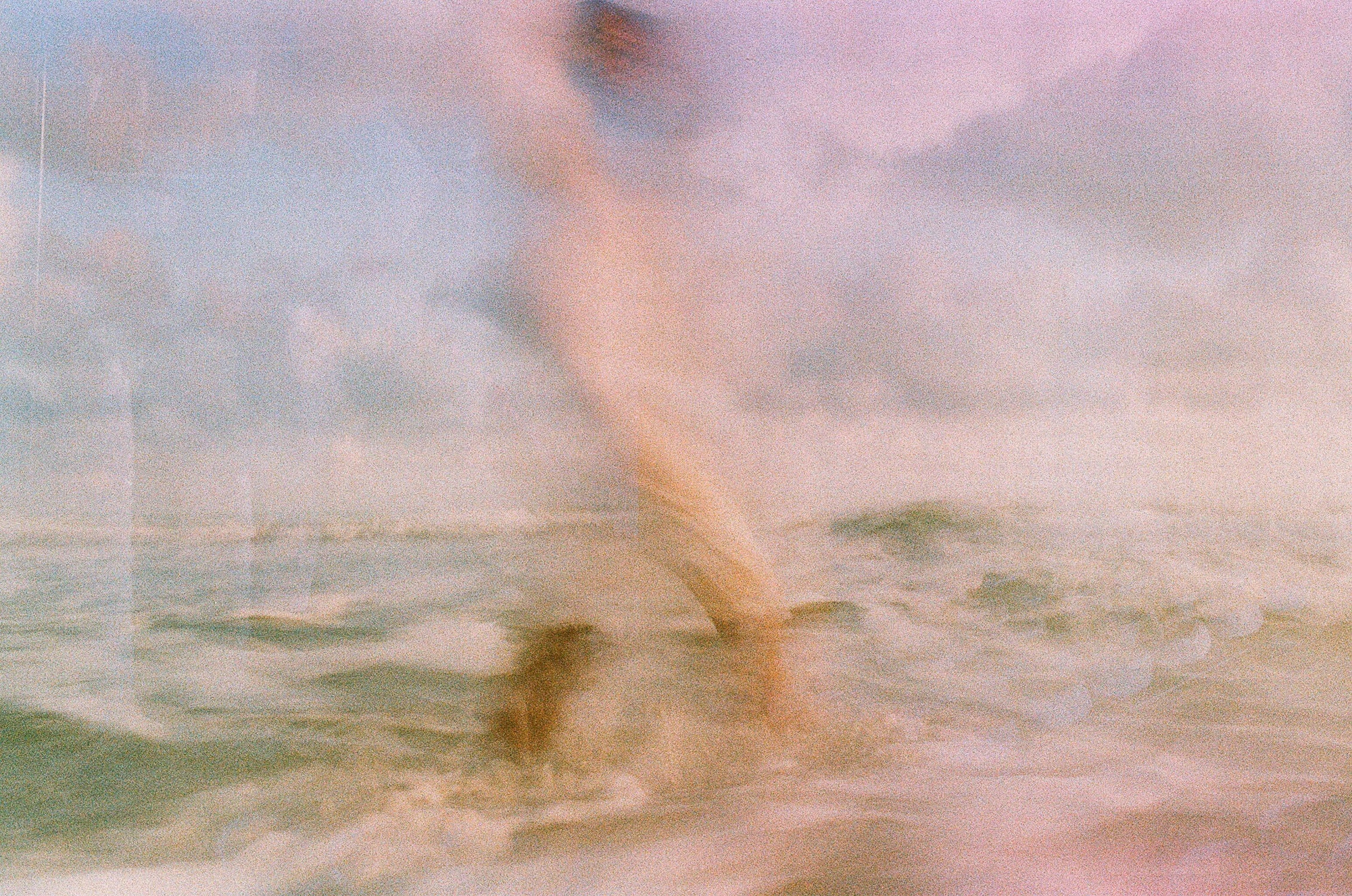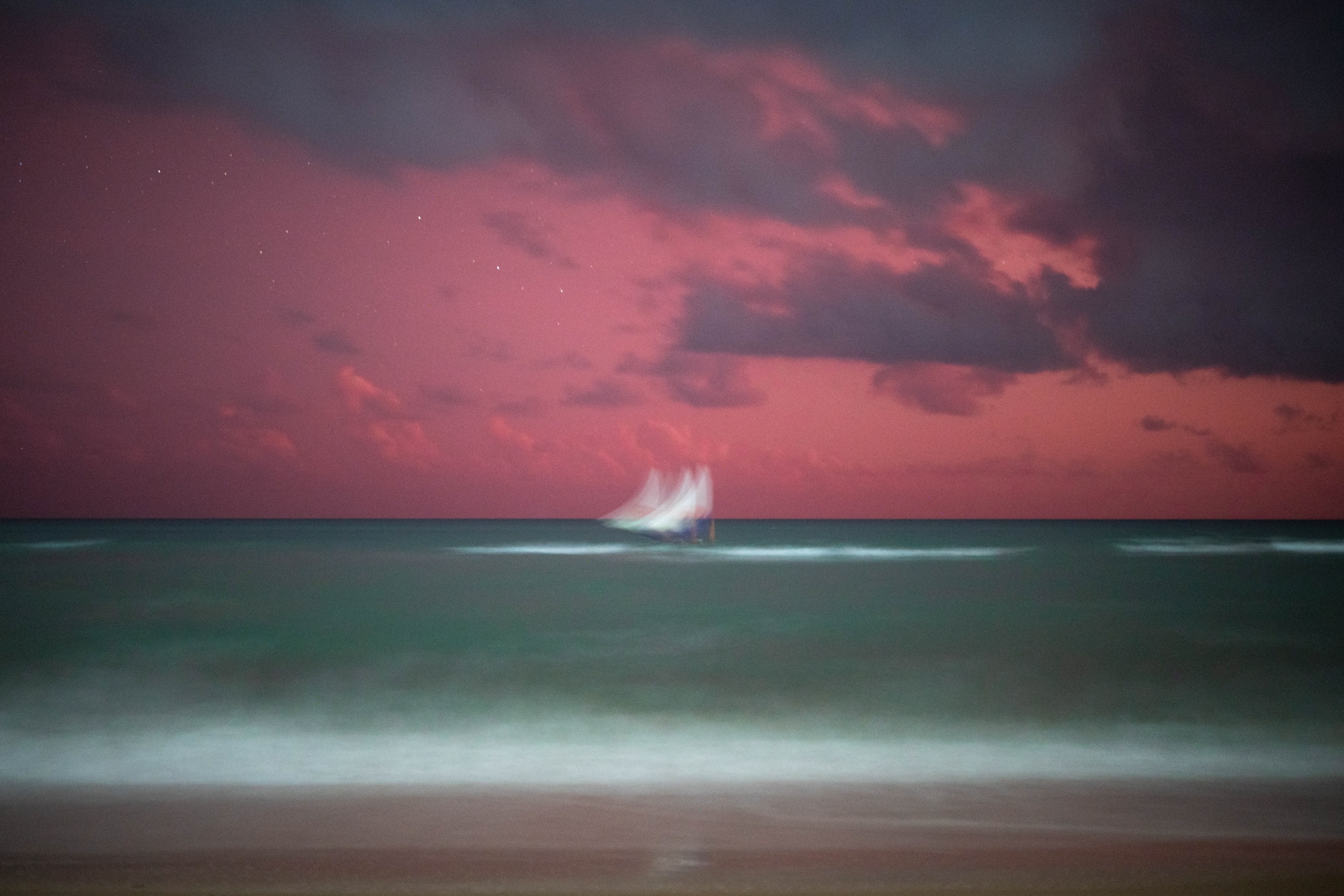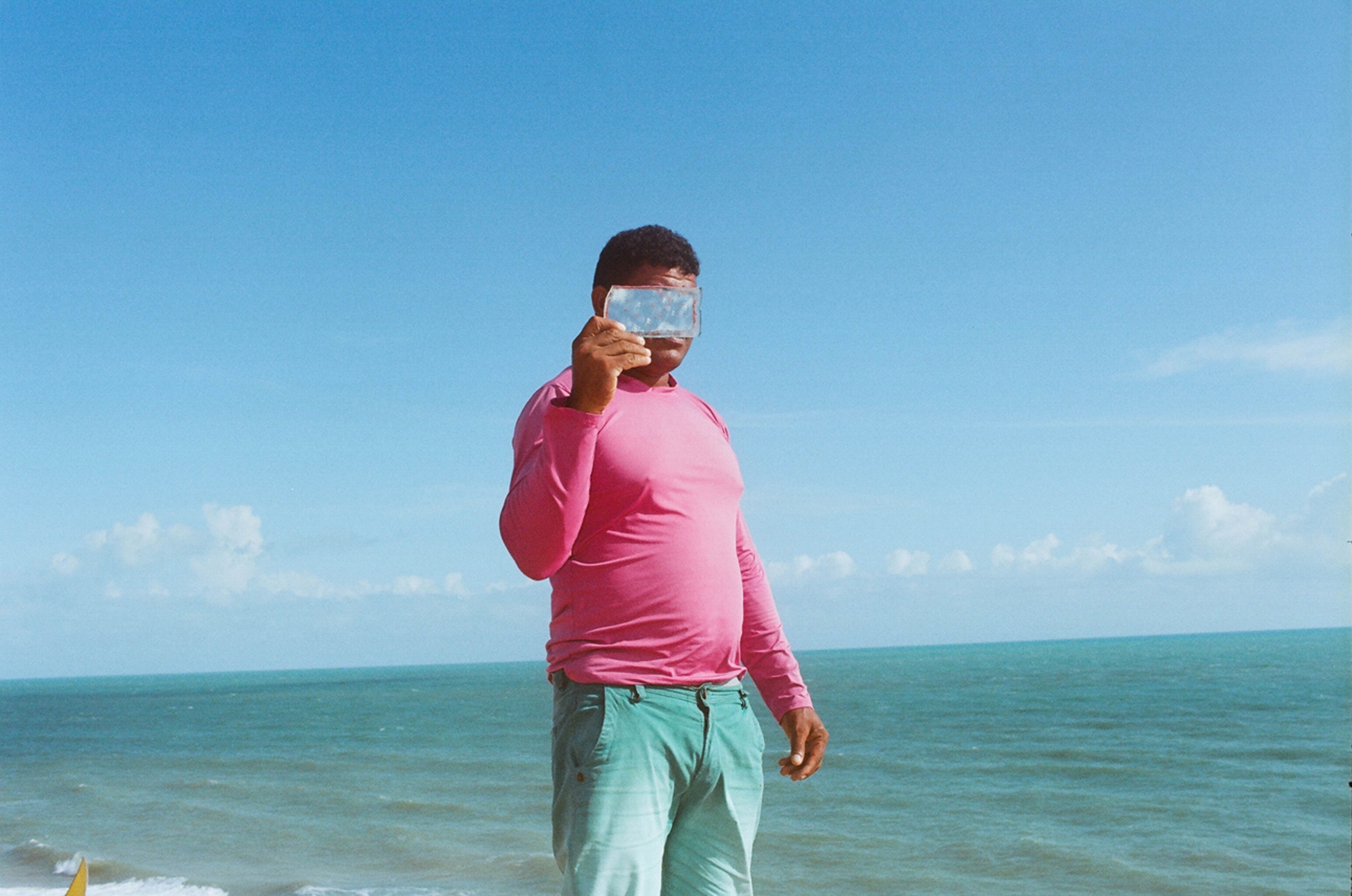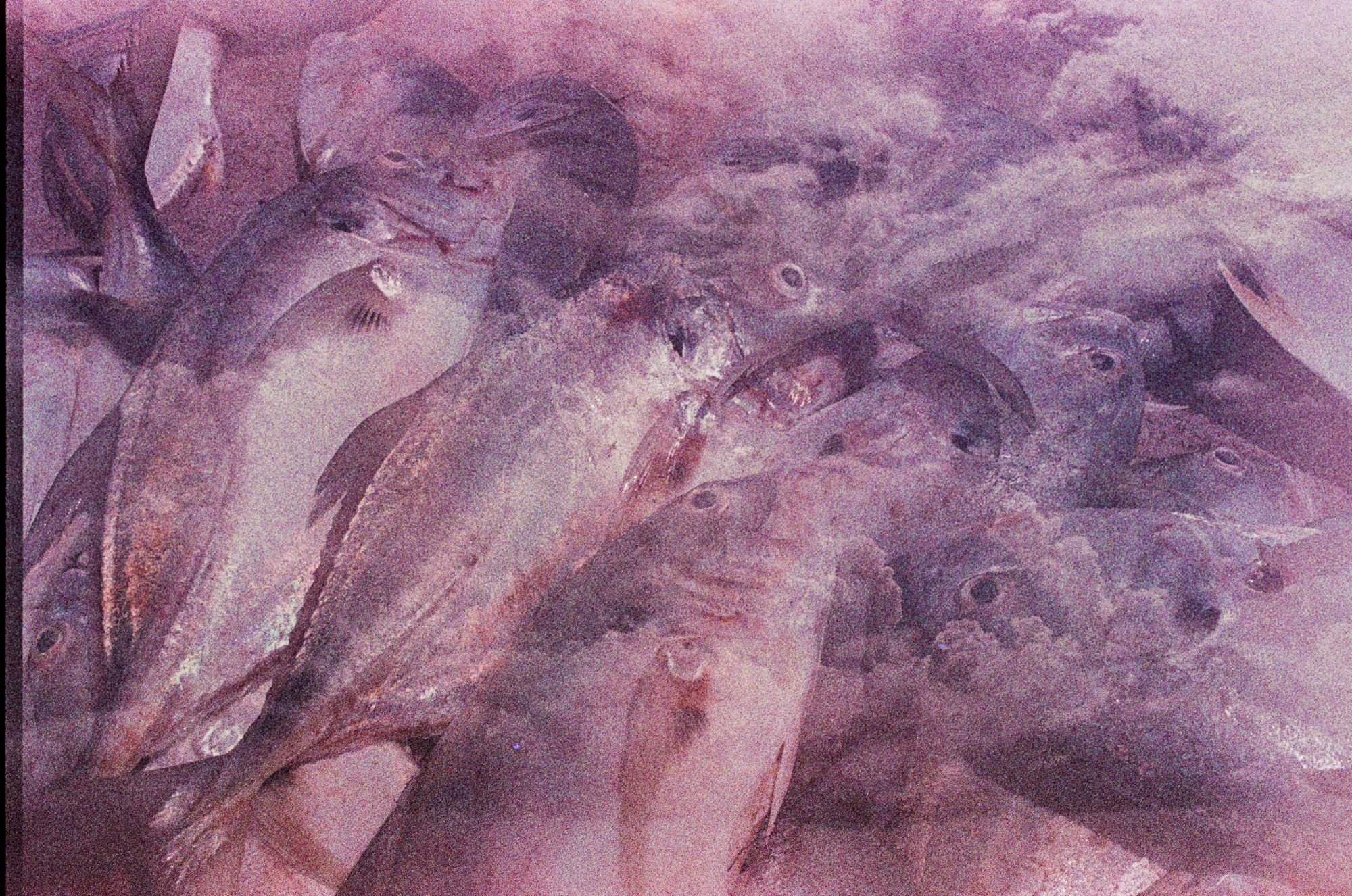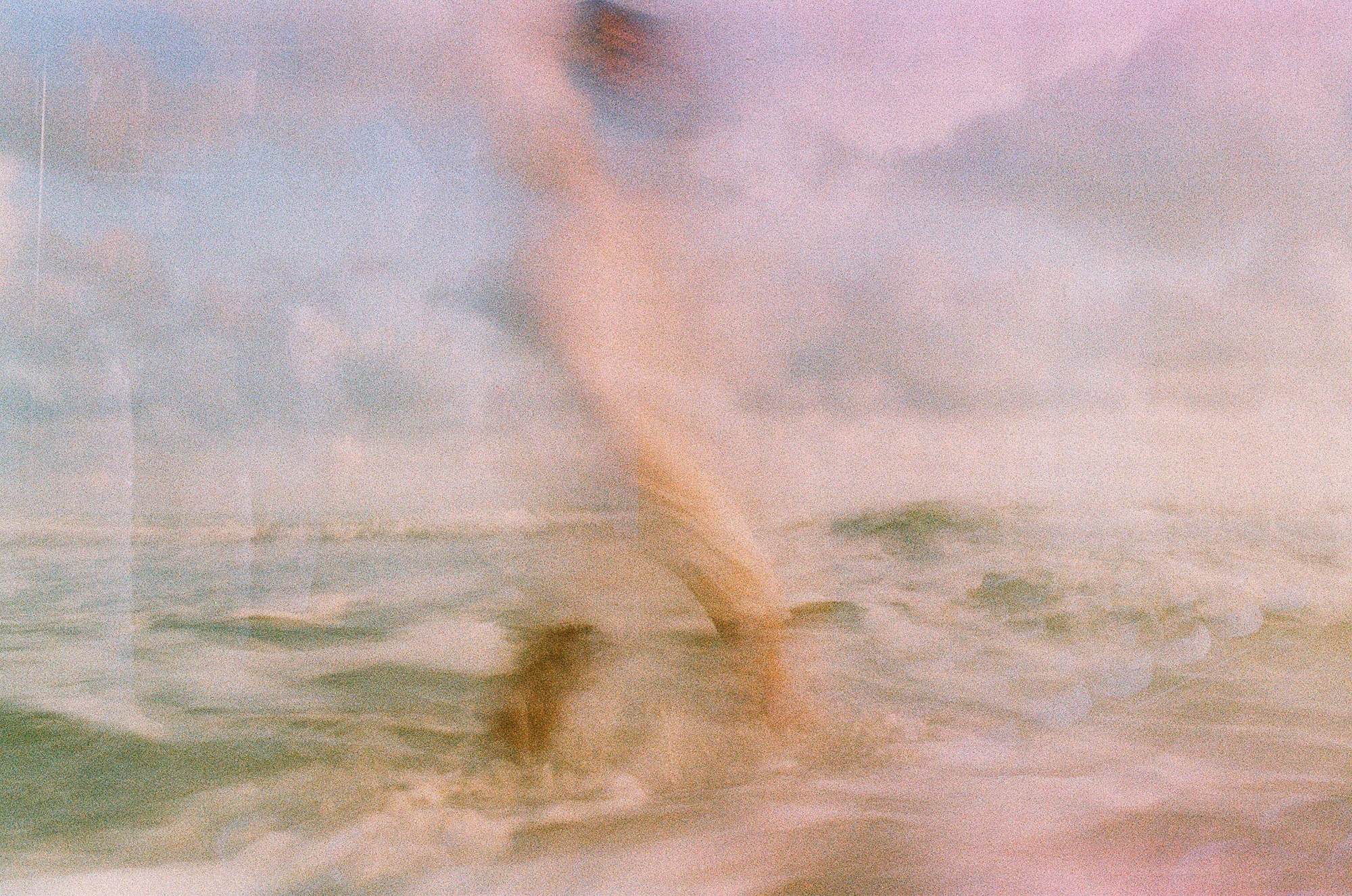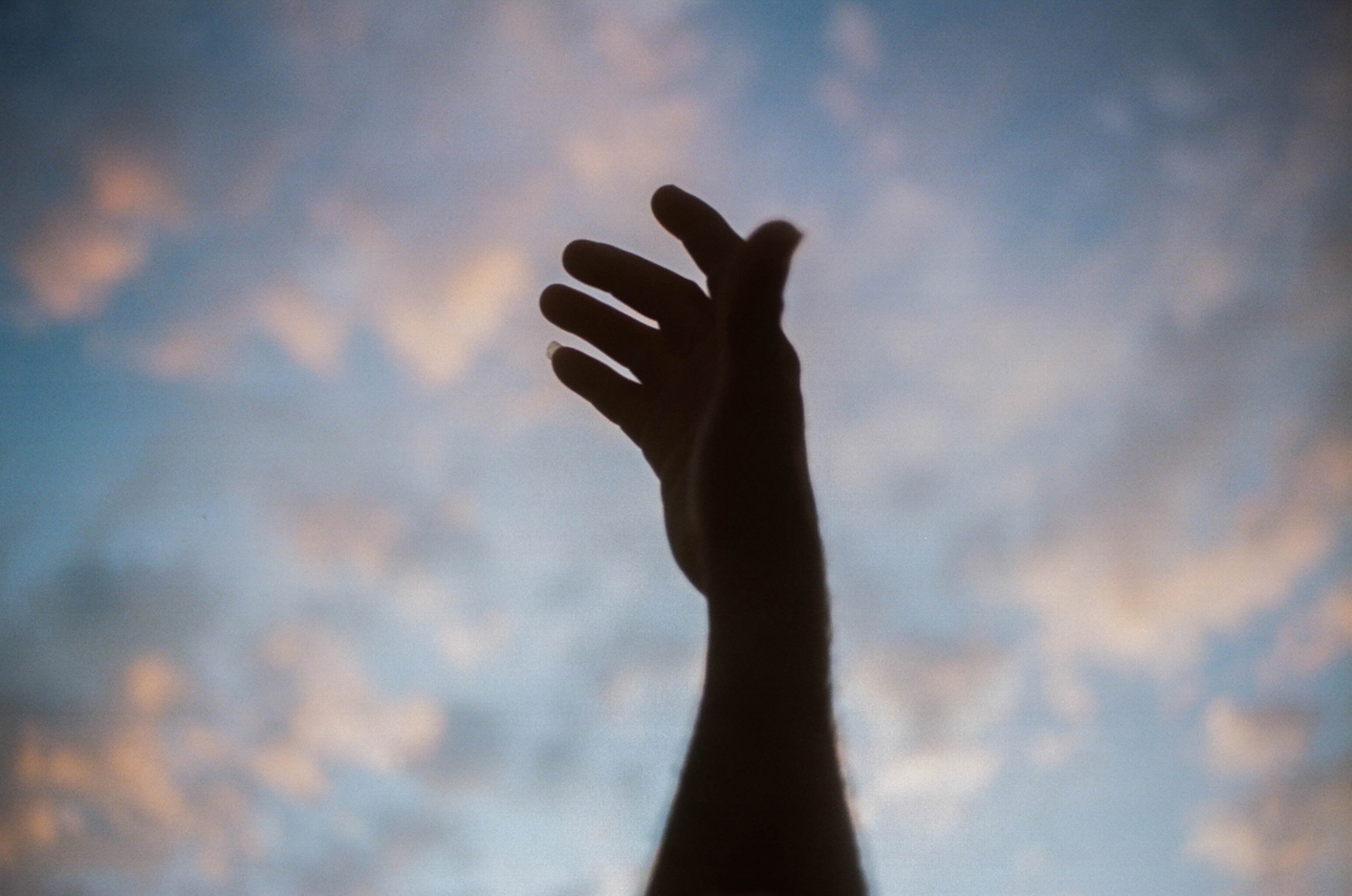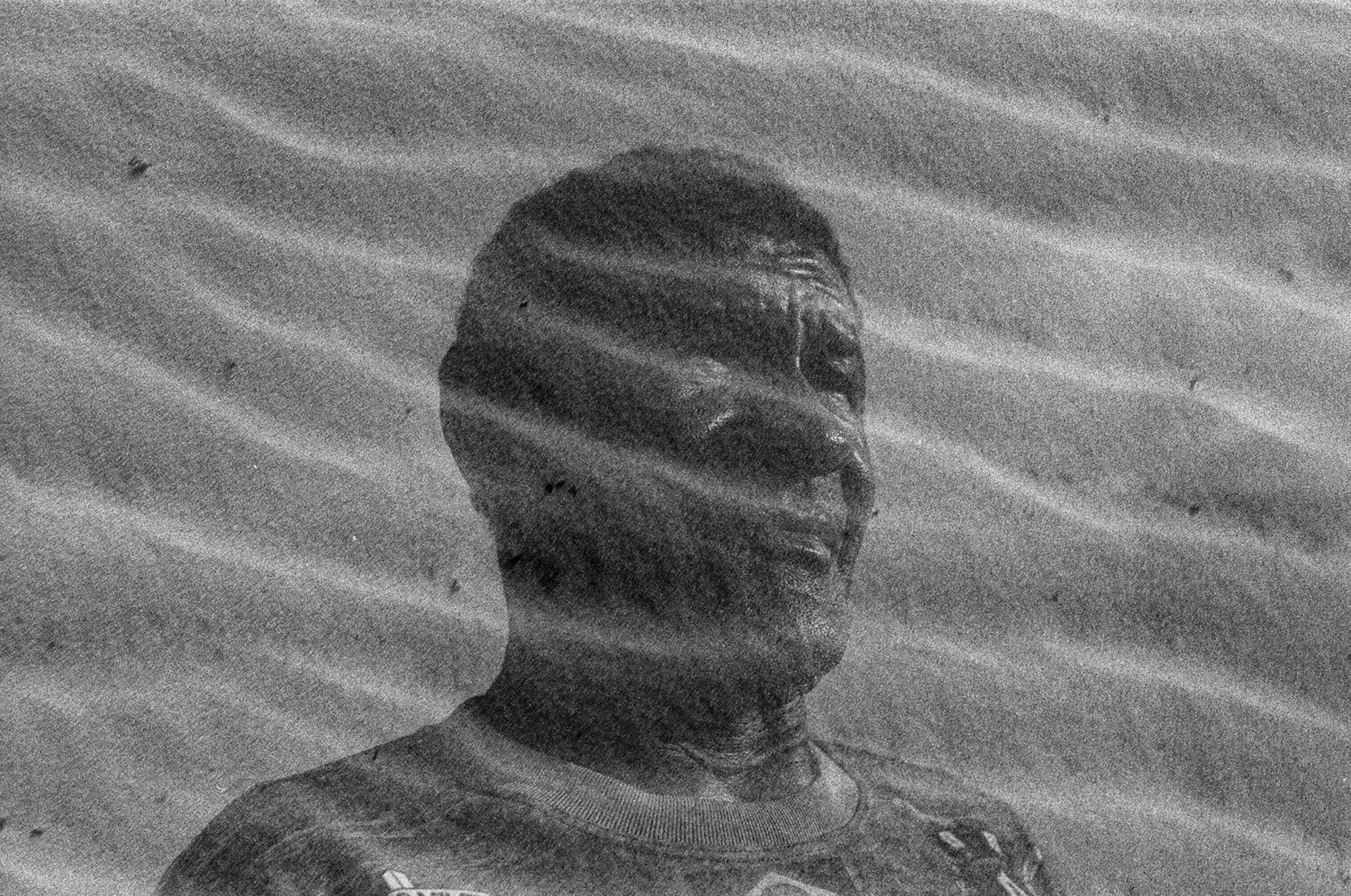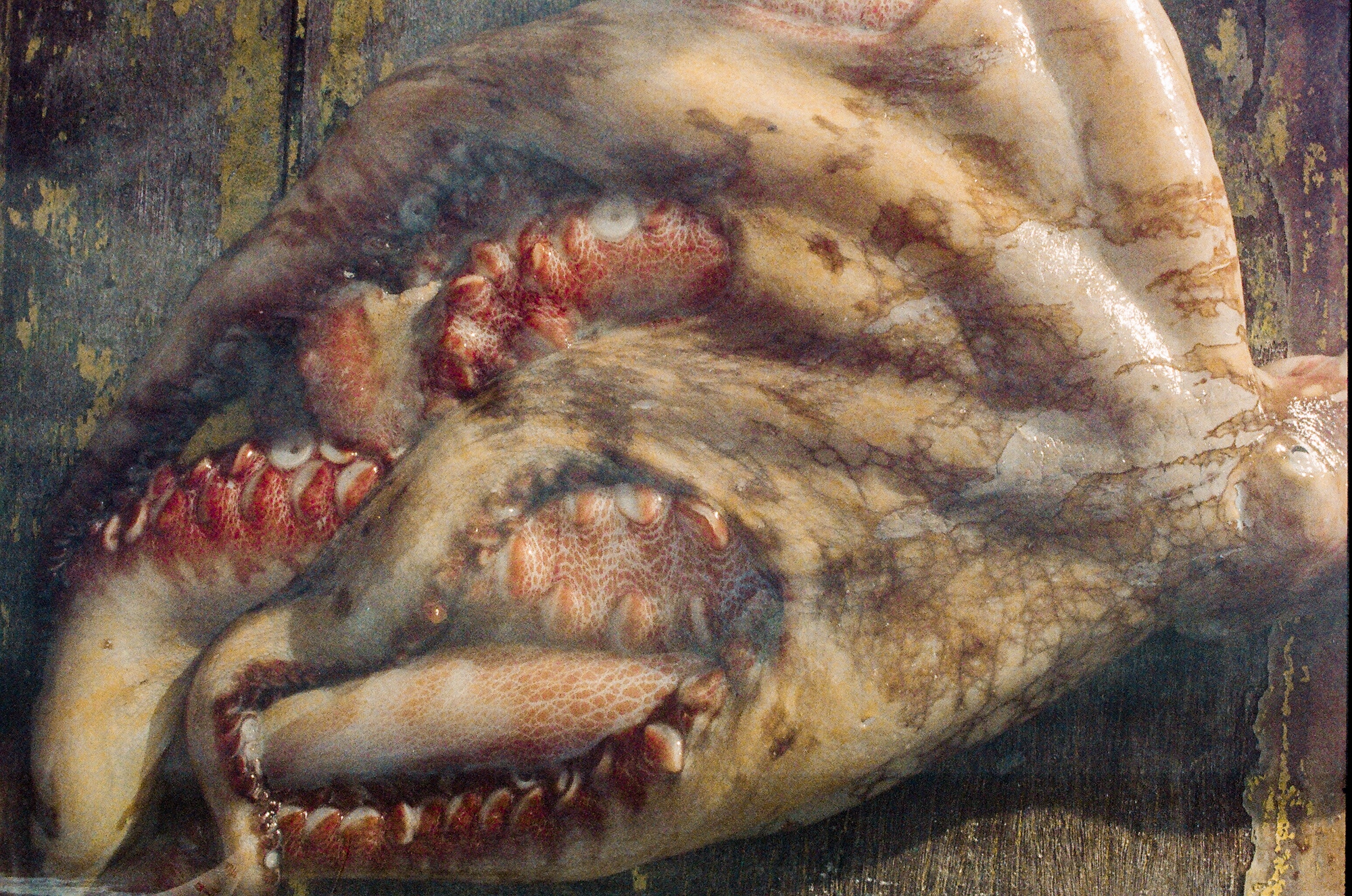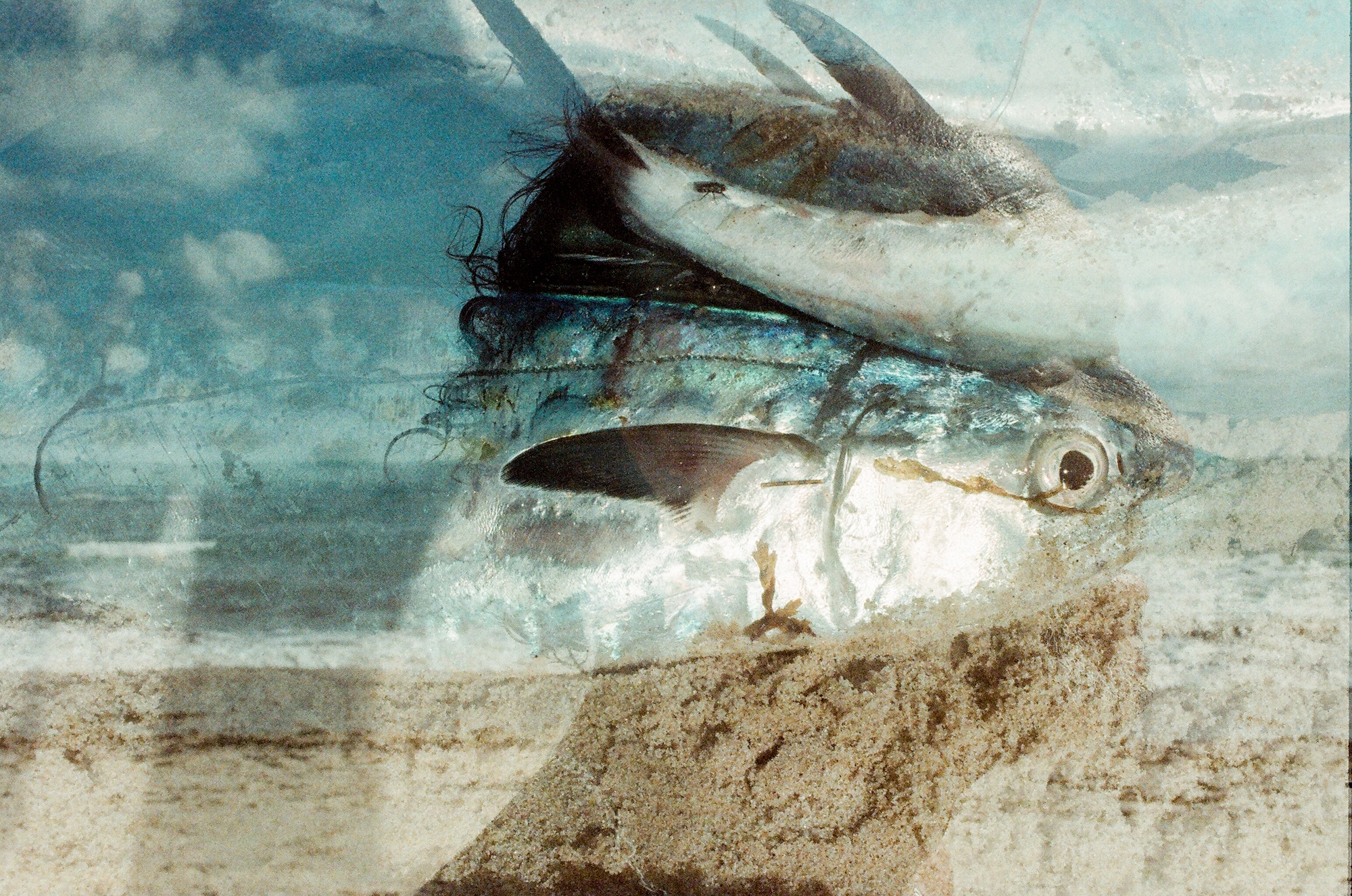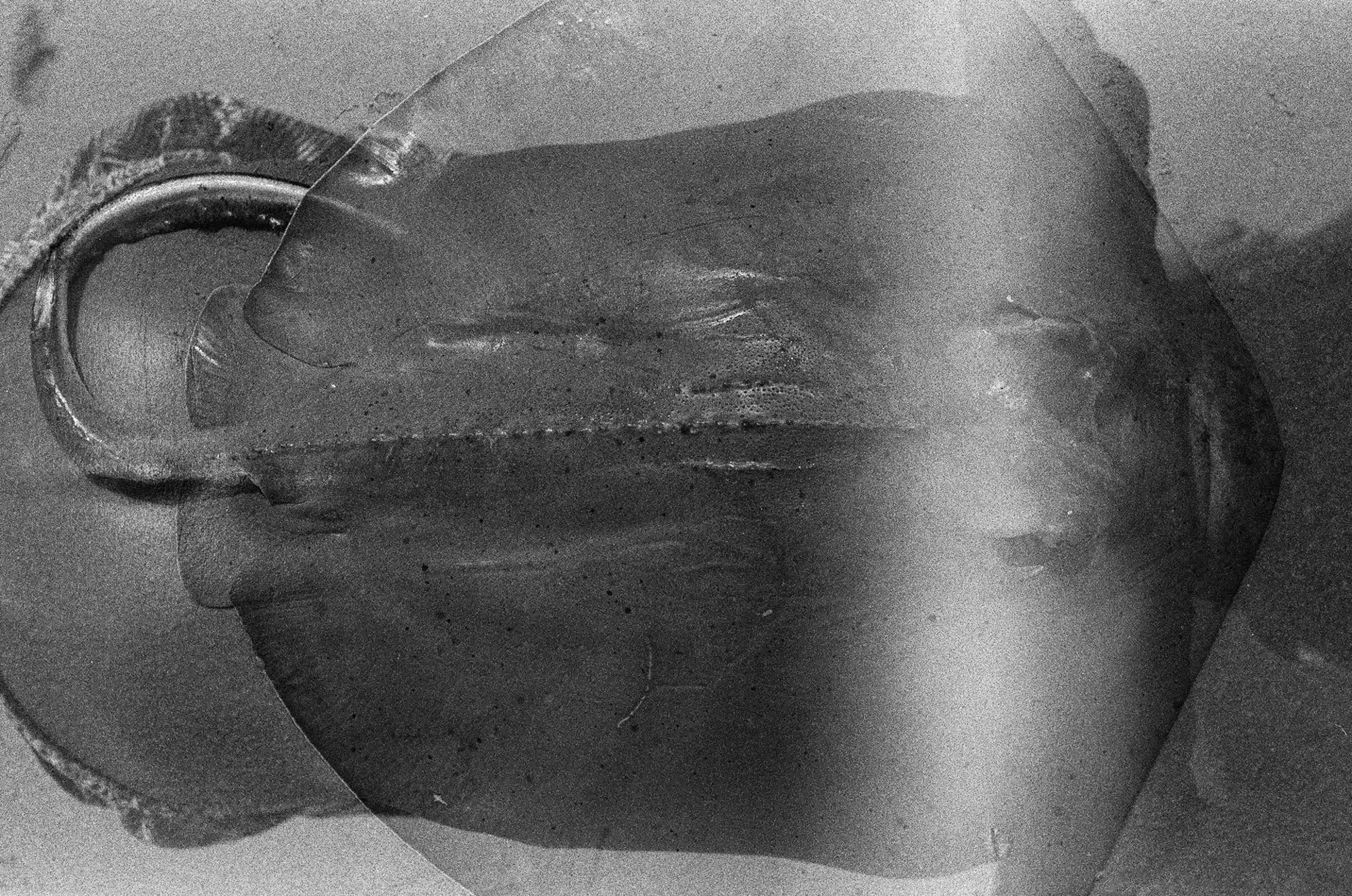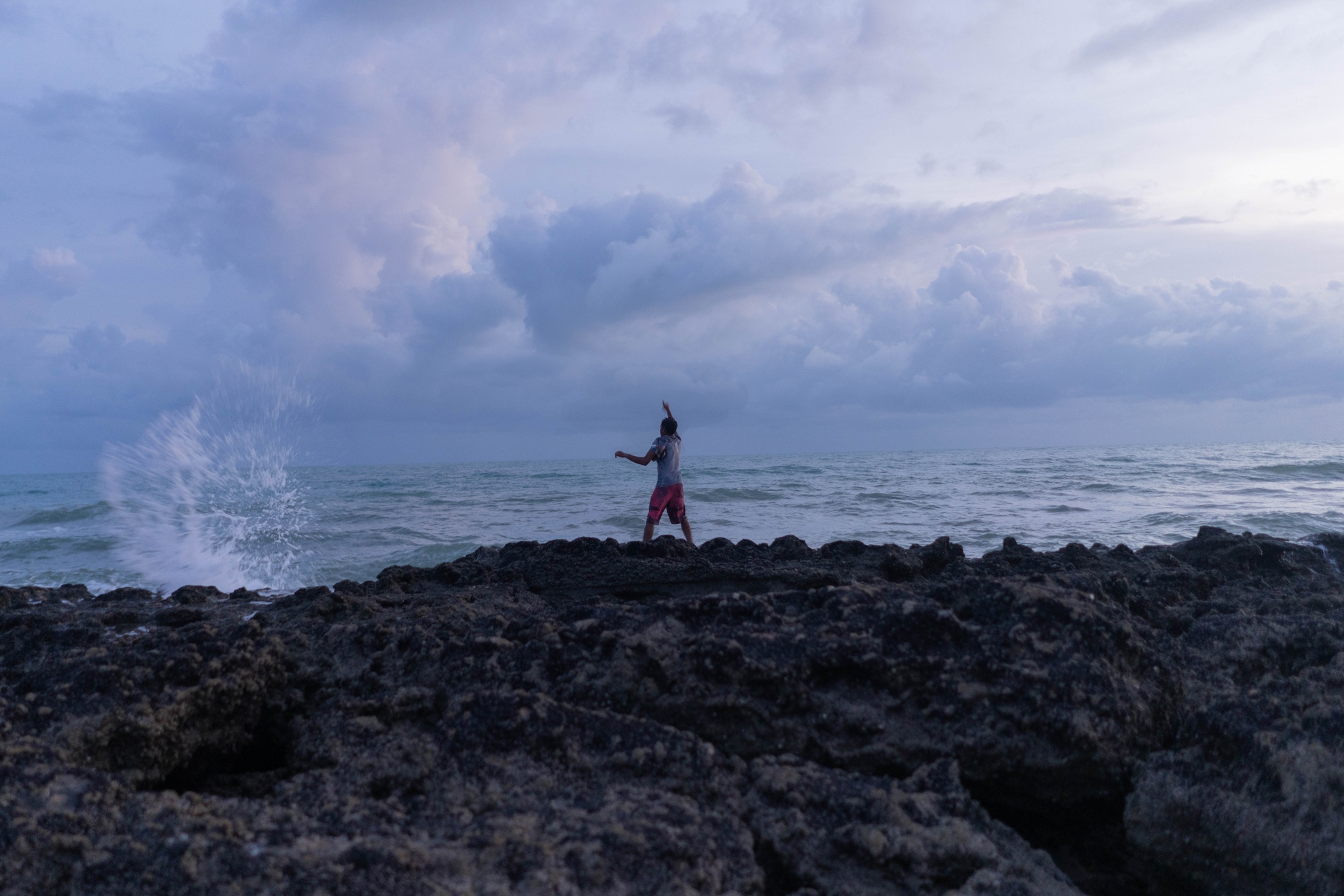Raquel Gandra
visual artist / artista visual
(PT)
O livro digital "Entre Tramas e Labirintos", realizado a partir do XVI Prêmio Funarte Marc Ferrez de Fotografia, é um ensaio que celebra a cultura de Canoa Quebrada, cidade Costeira do Ceará, no Brasil.
O livro conta ainda com audiodescrições (no caso textos embutidos em cada imagem) para gerar acessibilidade de pessoas cegas ou de baixa visão e com textos:
Falas dos habitantes de Canoa transcritas em forma de poema e extratos maiores das conversas gravadas contendo relatos pessoais, memórias e histórias compõe um texto maior costurado pela artista em um bordado-montagem que emula a forma do trançamento de linhas do labirinto (bordado tradicional da região) e traz à tona a simbologia da roda de conversa, a potência do espírito de coletividade e de co-autoria e o protagonismo deles mesmos enquanto auto elaboradores.
Este livro é mais um passo na direção de realizar um longa metragem em Canoa Quebrada.
(ENG)
Weaves & Mazes is a visual essay that celebrates the culture of Canoa Quebrada, a coastal city in Ceará, Brazil. The work aims to create unusual, dreamlike images inspired by local stories and their characters through a mix of documentary and poetic-fictional. Beyond the experimental side of its narrative, there is also the political aspect of bringing to light stories that can motivate us to find balance, sustainability, and a sense of community amid these chaotic and isolated times.
Canoa Quebrada is in a state "between" the past and the present. A transient state that can be seen as a source of resistance. While the time of History seems to pursue impossible and self-destructive progress through discourses that claim to be unique and linear, it is possible to find traces of communities whose survival is closely linked to the perpetuation of their ancestral knowledge and their stories. Stories that tell not only plots but are also inspiring due to their slowness, imagery, and indistinguishability between truth and fiction that reveal a deep connection between magic and reality. The elderly live their daily lives guided by a syncretic experience inherited by generations of mixed cultures and beliefs. The harmonious relationship between science and mysticism enveloped by these narratives composes rich local mythology of its own.
The project sees in photography the ability to expand borders, generate empathy and bring to light sensitivities that escape the ordinary gaze, allowing us to enter a maze where historical time becomes secondary. We are guided by the subjective time of contemplation, in a continuous process of diving into memory and presence. Therefore, these images intend to go beyond their condition of mere register and subvert our notion of commonplaces, becoming entangled in threads that expand our ways of perceiving what we believed we already knew.
The inhabitants of Canoa Quebrada, among many other things, taught me about the importance of fiction and narrative in the creation/construction of inner truths and values.
The book also carries audio descriptions - in this case, texts embedded in each image to generate accessibility for people who are blind or have low vision, - and texts extracted from the recorded conversations with the inhabitants of Canoa Quebrada. Some are transcribed in the form of poems and others, containing personal reports, memories, and stories are organized and presented in such a way as to make up a larger text, sewn by the artist in a kind of words-embroidery process, emulating the way of braiding the threads of a "labirinto" (traditional embroidery in the region literally translated as "maze"), bringing forth the symbology of the ritual of sitting down together in a circle to talk, the power of the spirit of collectivity and assuming their co-authorship and protagonism as self-creators in this story.
O livro digital "Entre Tramas e Labirintos", realizado a partir do XVI Prêmio Funarte Marc Ferrez de Fotografia, é um ensaio que celebra a cultura de Canoa Quebrada, cidade Costeira do Ceará, no Brasil.
Enquanto o tempo da História parece perseguir um progresso impossível e autodestrutivo através de discursos que se pretendem únicos e lineares, Canoa Quebrada encontra-se num estado "entre" passado e presente. Um estado transitório que pode ser visto como fonte de resistência e de inspiração na busca por equilíbrio e por diálogos possíveis em torno da ideia de sustentabilidade, seja na relação dos habitantes com a natureza seja na relação entre os turistas/visitantes com a terra e sua cultura.
Suas histórias cativam não apenas por seus enredos, como também pela indistinção entre verdade e ficção que parece revelar uma profunda conexão entre magia e realidade.
A fotografia carrega a possibilidade de expandir fronteiras e criar pontes entre mundos distantes, gerando empatia, sensibilizando e surpreendendo quem vê. Sendo assim, estas imagens pretendem ultrapassar sua condição de mero registro e se enredar em tramas que expandam nossos modos de perceber aquilo que acreditávamos já conhecer.
O livro conta ainda com audiodescrições (no caso textos embutidos em cada imagem) para gerar acessibilidade de pessoas cegas ou de baixa visão e com textos:
Falas dos habitantes de Canoa transcritas em forma de poema e extratos maiores das conversas gravadas contendo relatos pessoais, memórias e histórias compõe um texto maior costurado pela artista em um bordado-montagem que emula a forma do trançamento de linhas do labirinto (bordado tradicional da região) e traz à tona a simbologia da roda de conversa, a potência do espírito de coletividade e de co-autoria e o protagonismo deles mesmos enquanto auto elaboradores.
Este livro é mais um passo na direção de realizar um longa metragem em Canoa Quebrada.
(ENG)
Weaves & Mazes is a visual essay that celebrates the culture of Canoa Quebrada, a coastal city in Ceará, Brazil. The work aims to create unusual, dreamlike images inspired by local stories and their characters through a mix of documentary and poetic-fictional. Beyond the experimental side of its narrative, there is also the political aspect of bringing to light stories that can motivate us to find balance, sustainability, and a sense of community amid these chaotic and isolated times.
Canoa Quebrada is in a state "between" the past and the present. A transient state that can be seen as a source of resistance. While the time of History seems to pursue impossible and self-destructive progress through discourses that claim to be unique and linear, it is possible to find traces of communities whose survival is closely linked to the perpetuation of their ancestral knowledge and their stories. Stories that tell not only plots but are also inspiring due to their slowness, imagery, and indistinguishability between truth and fiction that reveal a deep connection between magic and reality. The elderly live their daily lives guided by a syncretic experience inherited by generations of mixed cultures and beliefs. The harmonious relationship between science and mysticism enveloped by these narratives composes rich local mythology of its own.
The project sees in photography the ability to expand borders, generate empathy and bring to light sensitivities that escape the ordinary gaze, allowing us to enter a maze where historical time becomes secondary. We are guided by the subjective time of contemplation, in a continuous process of diving into memory and presence. Therefore, these images intend to go beyond their condition of mere register and subvert our notion of commonplaces, becoming entangled in threads that expand our ways of perceiving what we believed we already knew.
The inhabitants of Canoa Quebrada, among many other things, taught me about the importance of fiction and narrative in the creation/construction of inner truths and values.
The book also carries audio descriptions - in this case, texts embedded in each image to generate accessibility for people who are blind or have low vision, - and texts extracted from the recorded conversations with the inhabitants of Canoa Quebrada. Some are transcribed in the form of poems and others, containing personal reports, memories, and stories are organized and presented in such a way as to make up a larger text, sewn by the artist in a kind of words-embroidery process, emulating the way of braiding the threads of a "labirinto" (traditional embroidery in the region literally translated as "maze"), bringing forth the symbology of the ritual of sitting down together in a circle to talk, the power of the spirit of collectivity and assuming their co-authorship and protagonism as self-creators in this story.
